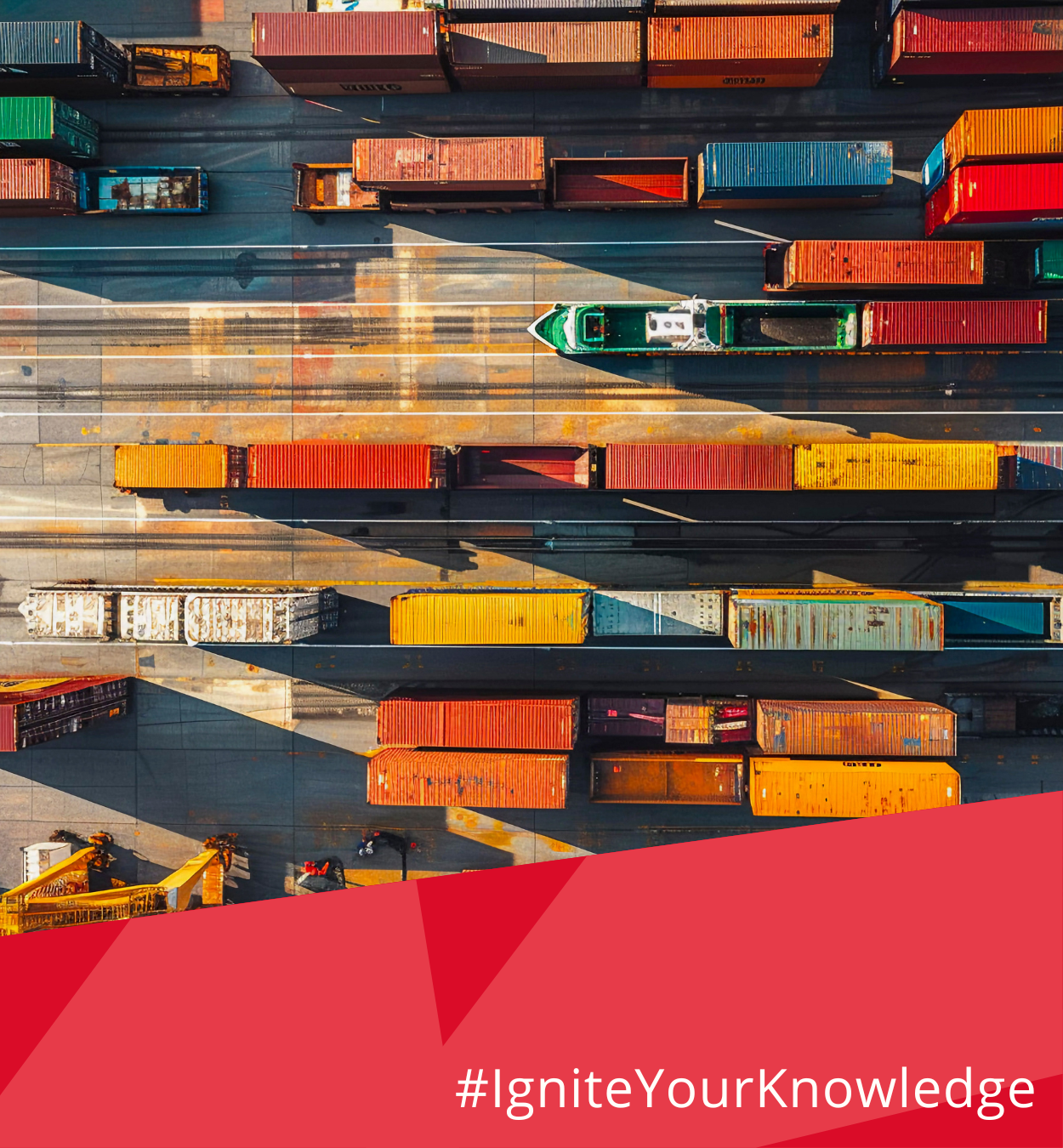Antenna design revolution powered by AI, cloud computing and machine learning

The surge in Internet of Things (IoT) devices has significantly increased the demand for antenna design solutions. Despite the booming opportunities to innovate with novel RF-enabled devices, many organizations are grappling with a shortage of RF expertise and limited budgets to get the reliable, robust connectivity required.
Previously, conventional RF antenna design was challenging — necessitating specialized professionals and computer-aided design (CAD) electromagnetic (EM) simulation software. Coupled with high capital expenditures (CAPEX) and non-recurring engineering (NRE) costs, RF antenna design was an intricate undertaking. However, Ignion’s Virtual Antenna® technology has introduced a new frontier, making antenna design accessible even for ground up IoT device construction.
Harnessing the pervasive nature of cloud computing and machine learning (ML), Ignion is further democratizing RF antenna design. Through its Amazon Web Services (AWS) hosted Oxion™ platform, the complexity and costs of antenna design are significantly reduced.
With the advent of various IoT devices, antennas have evolved dramatically. Antenna design, while being an essential component of any connected device, has remained a specialized field. Current antenna designs must be increasingly miniaturized due to the explosion of RF antenna applications in products like asset trackers and sensors. This downscaling introduces complexity and requires engineers to fully comprehend the various trade-offs, balancing size, power consumption, performance, reliability, and thermal characteristics cost-effectively.
Simplified antenna design journey with Ignion’s Virtual Antenna® technology
Ignion’s Virtual Antenna® technology allows seamless deployment of miniature antennas across numerous frequency bands and protocols. This adaptability ensures integration into any IoT device, irrespective of its protocol type.
Rooted in extensive research and RF technology expertise, Ignion’s Virtual Antenna® components have revolutionized antenna design. A non-resonant antenna, housed on a printed circuit board (PCB), coupled with a matching network, enables the ground plane to function as the resonant surface for the device, significantly enhancing its response. Additionally, Virtual Antenna® technology optimizes space utilization—an increasingly important consideration as IoT devices such as sensors continue to shrink.
With a single Ignion Virtual Antenna® component, connectivity across Bluetooth, Wi-Fi, GNSS, 3G to 5G, or ISM, among others, can be provided. Its versatility makes it reusable across various device models, and geographic territories where differing frequencies are required to improve scalability. Despite the increasing proliferation of IoT devices, acquiring RF and antenna expertise remains a challenge.
Ignion has stepped up to address this gap by leveraging the universal accessibility of the cloud to make antenna design simple for anyone regardless of their RF expertise and available from anywhere.
Embrace the era of digital twins for simplified antenna design
Ignion has always focused on predictability in its antenna design services, aiming to simplify the customer journey. With the introduction of the Oxion™ platform, this journey is now cloud-based, making antenna design more accessible and efficient.
Ignion’s Oxion™ platform, hosted on AWS obviates the need for physical prototyping, reducing risks in the design process. This approach democratizes antenna design, as it requires minimal RF expertise and enables access to the latest technologies.
By inputting simple parameters: the size of the PCB and the desired frequencies (up to 5), and the type of device, the AWS-hosted digital twin, powered by machine learning and Ignion’s two decades of RF experience, provides key recommendations for building your antenna design on the PCB. These include:
- An Ignion Virtual Antenna® component specifically selected for your device and application.
- A location recommendation on a bare PCB that will optimize antenna performance.
- Matching network components and topology.
- Antenna performance estimation, including average antenna efficiency and reflection coefficient.
- Detailed design tips to ensure successful implementation.
From now on, you create, we ignite.
Oxion™ can emulate various aspects of the previously physical feasibility and design steps, providing guidance for performance improvements and estimating full design requirements.
Oxion™ isn’t just about changing mindsets—it encourages designers to consider connectivity and antenna considerations at the inception of the design process. By addressing your Virtual Antenna® requirements early, you can expedite your market entry with a successful, certified design.
Utilizing Ignion’s Oxion™, you save substantially by reducing the need for physical prototyping—you only start incurring costs when you’re ready for physical product development and certification. Ignion also offers pre-certification facilitation with some service providers.
With Ignion’s Oxion™, the absence of an in-house RF engineer or comprehensive antenna expertise need not be a barrier to device designer’s ambitions to penetrate the market quickly and successfully. By making antenna design more accessible and versatile, Ignion is facilitating the realization of more innovative IoT solutions, irrespective of RF expertise.





